Dragon Reward Consistency, Incentives, and TeamComposition Issues
Riot Games recentlyannounced in their Mid-Seasons plans to revamp the “Mage” role anequally impactful diversification, and randomization, of the buffsaccrued by taking the Dragon. With these changes, set to go live inthe middle of Season 6, there will be four possible drakebuffs that spawn randomly: the Fire Dragon, who”increas[es] champion killing power”, the Earth Dragon,who will “increas[e] [a team’s] turret and epic monsterdamage”, the Water Dragon, who grants teams “increas[ed] health andmana regeneration”, and the Air Dragon, who’s buff is set to”increase out of combat movement speed” upon a successful take.Finally at the 35 minute mark, the deadly Elder Dragon willspawn in place of all future Dragons, granting successful teams “apowerful burn-over-time on spells and attacks and a buff that isstronger for each Elemental stack you have”.
In the current Meta, Dragon can stack up to 5 times withdifferent, but always consistent, stat values. The players knowwhat they will get when contesting Dragon and what possible tradesthey may take when Dragon is coming up. For instance, if the secondDragon is spawning and your composition is in a power trough, youmay just opt to farming lanes, securing jungle, or try tosecure a tower while the enemy takes the drake. Both teams know thetrade they are creating. By adding impactful randomized elements toan early game neutral objective, Elemental Dragons will change thisfacet of the game.
Where once you could just giveup a couple Dragons in favor of gold, you will now be initiallyunaware of the kinds of benefit you are giving to theenemy. The randomness involved in choosing one of the four Dragonscould cause the enemy to secure two Dragons which enhancetheir composition greatly. The team avoiding Dragon will stillbenefit from the additional gold; but the added benefits of eachDragon and the future scaling from elder Dragons can be a bigworry. Elder Dragons spawn at the 35 minute mark. Most gameswon’t have a team contesting Dragon with four stacks at 35minutes. The pressure of five Dragon stacks just isn’t therecurrently. However, with Elemental Dragons, all you could requireis the luck of securing two to three beneficial Dragons. Thislow number of dragon stacks could be enough to get aconsiderable buff from the elder dragon. The importance onthe type of Dragon spawns will cause massive implications onhow compositions play.
In order to understand whatDragons are most dangerous for either one’s own team, or the enemyteam, to have will require players to constantly takeinto consideration how the Dragons enhance the strength of theircomposition, what Dragons will be strong against the enemycomposition, and what Dragons may possibly cover weaknesses. Anexample of this is a weaker scaling composition prioritizing fireDragons to aid their late game woes. This in-game analysis adds anadditional layer of decision making to teams during early andmid-game.
It doesn’t stop here though. The unique interactions ofeach dragon will require more team decision making on how to bothset up and contest it. For instance, the water Dragon’s slowcan cause problems for compositions that are heavilyprone to flanks. Such teams will be unable to initiate awater Dragon without fear of being too slow to retreat. Havingunique interactions every game can be exciting for casual players.But on the professional level, not keeping the game consistentwill cause outliers to appear like aforementioned example of a teamlucking out on two Dragons they need. In effect, adding a chance ofone’s carefully drafted composition to be nulified, or a poorlydrafted composition to flourish.
This luck factor shouldn’tbe forcing a team’s hand. On the current patch, teams willfight for Dragons when they know a certain stack gives the enemy apassive that benefits them, or if the stacks begin to threaten adeadly fifth Dragon. That is fair, but the incentive to grabDragons early isn’t there. Instead, teams on the currentpatch tend to prefer guarenteed gold via farm and towers toaccelerate their power spikes. In past seasons, Dragon kills usedto give gold. By only giving gold Dragons had a consistency to themwhile also making it a higher incentive to contest since it has acontrolled monetary value. Riot could implement the ElementalDragons idea for the variation in fights, but instead of grantingthese passive stacks they could just give gold. There could also bea possibility to find a blend of the two. The main issue is findingthe right balance can be difficult – especially with suchprominent randomized elements.
How this Affects Lane Swaps

One area that will always beunder constant watch when neutral objectives are changed are laneswaps. Before I go too much into this I need to clarify somejargon. When I say “first outer”, I meant the first Tier 1 tower ateam takes, likewise, “second outer” will refer to the Tier 1tower in the opposite side lane. Currently, if we base lane swapstandards off of LCK, team will typically trade first outers. Moreoften the not, the standard approach afterwards is to swapyour duo lane over to the opposite side lane to begin a secondouter push. This ideally culminates in the teams trading neutralobjectives either a little before finishing off the second outer orright after. There are several ways to differentiate these steps.But in Korea, this is the most common iteration of the lane swap.To understand what these Dragon changes could mean, I first need togo over the benefits of current Rift Herald.
When Rift Herald originally cameout, teams didn’t know what do with it. Since, teams havediscovered that the Rift Herald can enable strong pushes forTier 2 towers after taking “second outers”. When teams rotate theirduo lane to the opposite side lane, there will likely be no Tier 1tower due to the second outer trades. Without a Tier 1, the lanebecomes long, especially if the enemy pushes the wave instead ofbouncing. Having such a long lane allows for large waves to grow.The Rift Herald buff powers up these large wave to create verystrong and fast tower take downs.
Certain champions you draft canbe ineffective in dealing with these large waves. For example, ateam could have low wave clear and start on the top side in the2v1. Most teams would take the standard approach by swapping theirduo lane to the opposite side lane and take the second outer. Butin this case, the enemy can take the Rift Herald on the secondouter trade, which can force your hand on trying to defend againsta Herald empowered wave. To prevent this a team can justrecall your duo lane and send them back top to force standardlanes, presuming your opponents are taking the standard approach.There are other variations as well to this such as setting up trapsor ambushes. A much riskier approach is trying to match the push.This is only possible if your jungler is an ADC, leaning towardsGraves jungle.
The other positive of RiftHerald, besides using it for pushes, is the way in which it’sbuff enables your jungler to move around the jungle faster.This can often result in a camp lead. These specific usages ofthe Rift Herald make it more valuable than a first Dragon.With this change, Riot is forcing Rift Herald to spawn later which,depending on how late it ends up spawning, will put the focusonto the randomized Elemental Dragons. Including the randomness ofDragon types teams undoubtedly will have to change their approachesafter they secure the first outer towers.
When teams do trade firstouters, they will have to take more priority into scouting Dragonon this patch. This will be harder for the team on the top side.The composition one drafts will always affect your tower towertaking speed. Having AOE spells on your ADC and top laner increasesthat speed, since you want to be able to clear the incoming wavesbefore they can kill your minions tanking tower shots. If you’retower taking puts you behind, then a Dragon is given up. The costof this is unknown, since there is really no way to checkDragon, save a risky trinket ward from the mid-lane. OnceDragon is down the teams will go back to prioritizing farm,towers, and jungle camps. But particular aspects of a Dragon, likethe Air Dragon’s movement buff, can make open lanes very dangerous.Strong roaming supports and mid laners who have roam priority willbe able to control more of the map through affecting side lanes andinvades in the jungle.
Another possibility that jumpsout to me, is getting matched in standard lanes after taking aWater Dragon. A Water Dragon would allow for more consecutivetrades in lane, due to the regen bonuses. This uncontrolledvariable may force teams to not even bother looking for swaps. Itmay also cause teams to just start pushing for Tier 2 towers afterfirst outer. If the enemy is taking the time to do Dragon, theteam staying in the swapped lane is going to bebehind regardless, making this objective more appealing.
Until riot releases thefull notes on the rift herald and elemental dragon buffs wewon’t know how potent these changes will be. I will remainneutral on these changes since as for now I can’t think ofhow elemental dragons really enables more creativity in lane swapsnor in drafting compositions. We may just see early gamecompositions come out constantly where you can contest for dragonsand not fall behind in any 2v1 scenario. As long as dragons are notdictating the entire game flow then there is a chance for it towork.


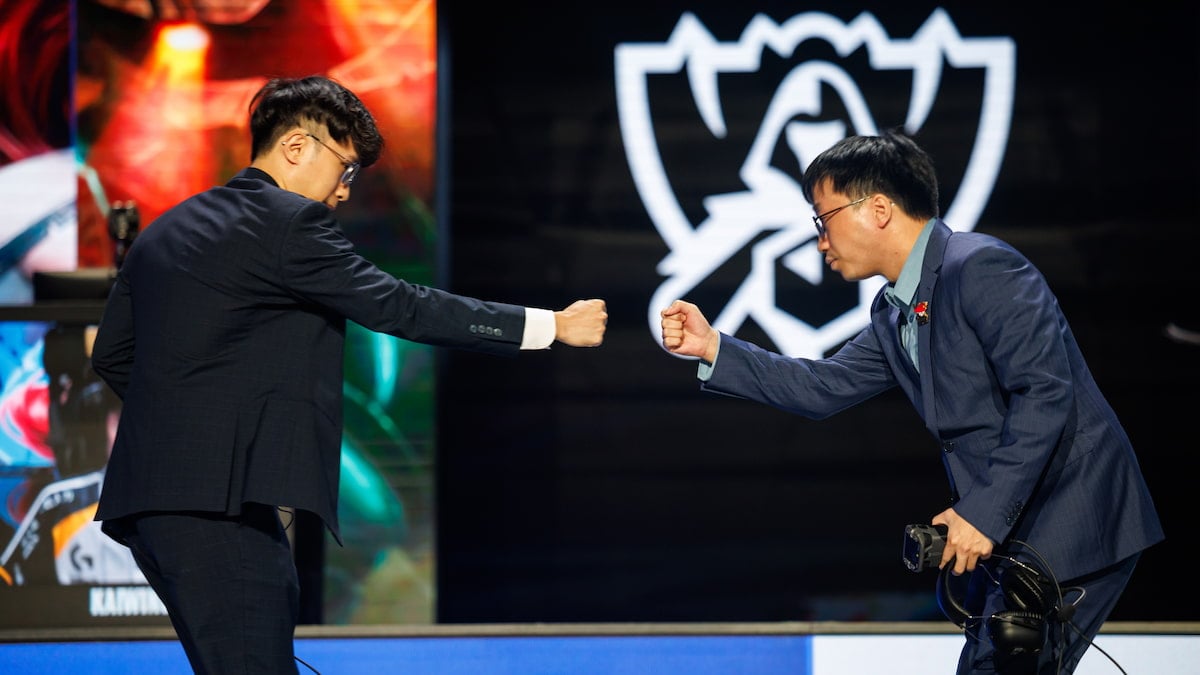
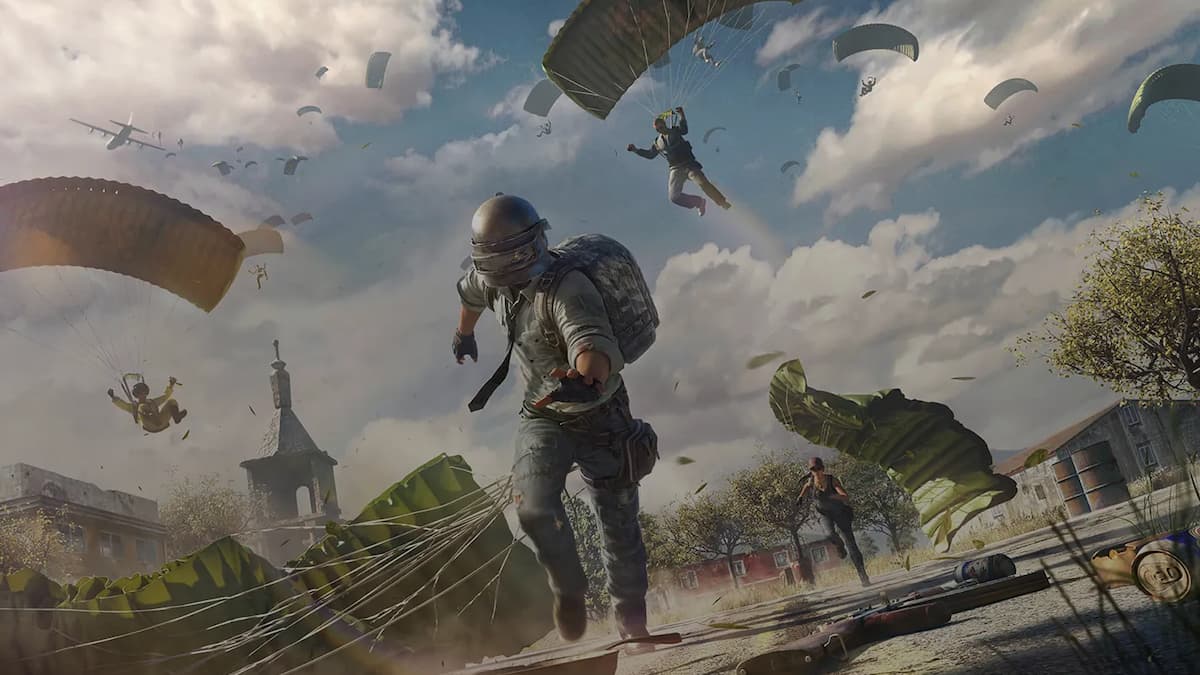

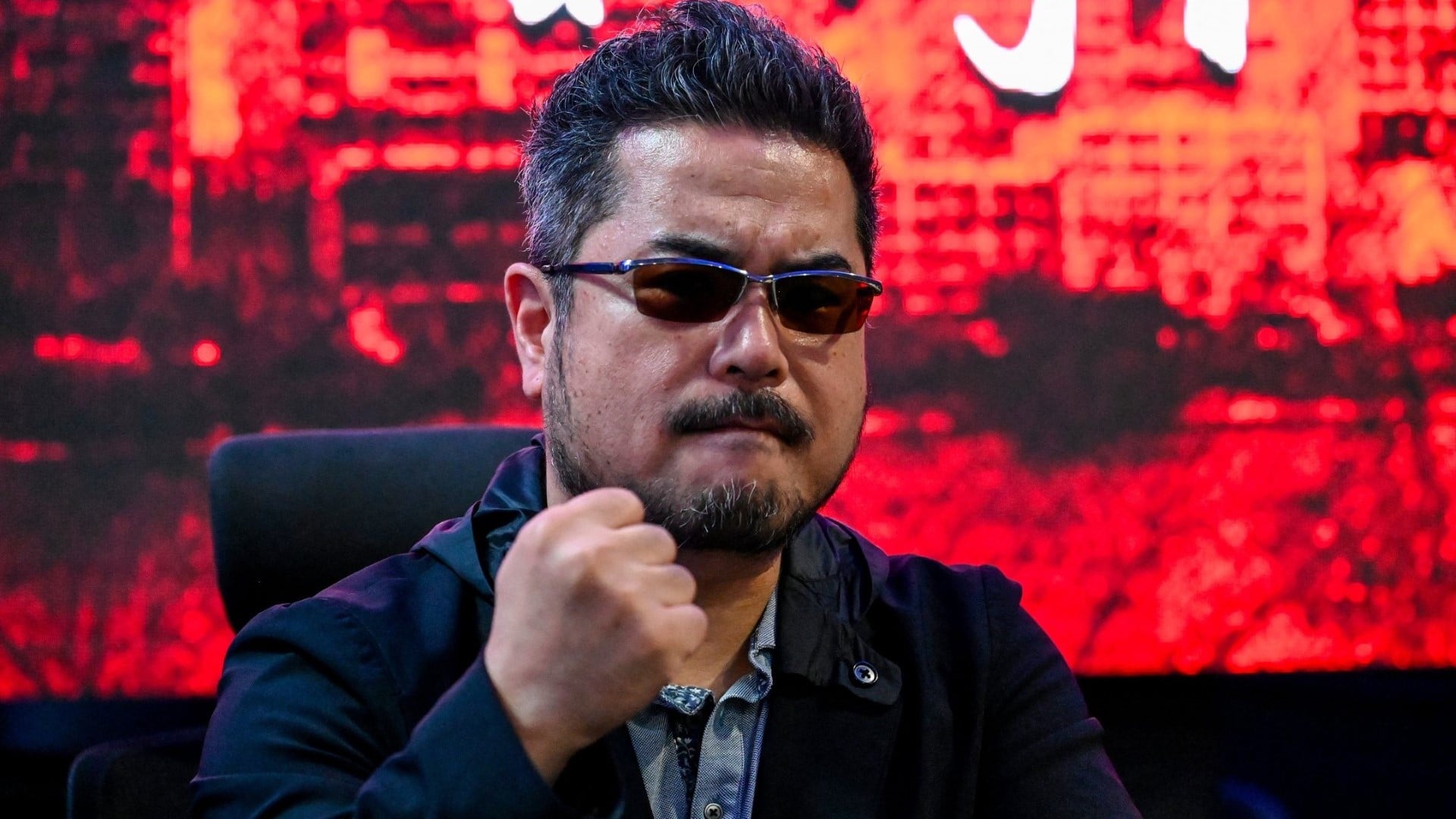
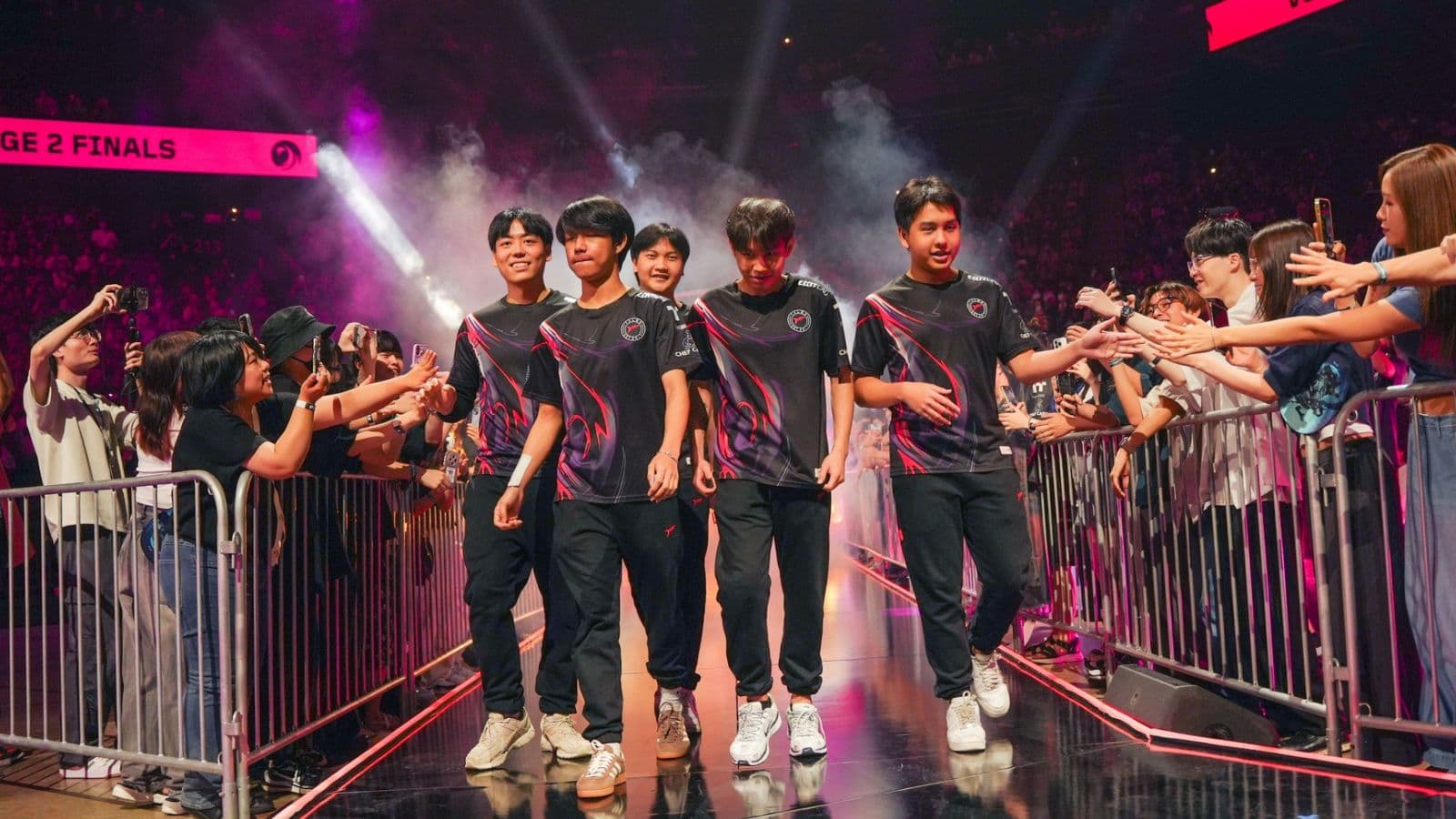
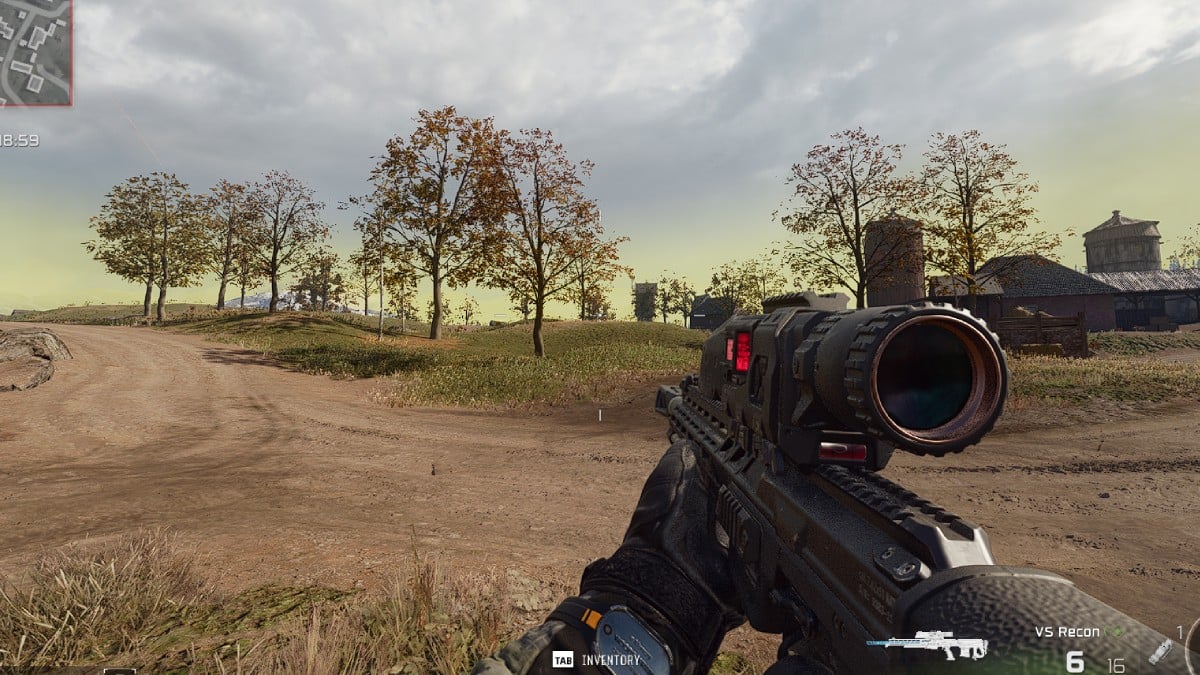
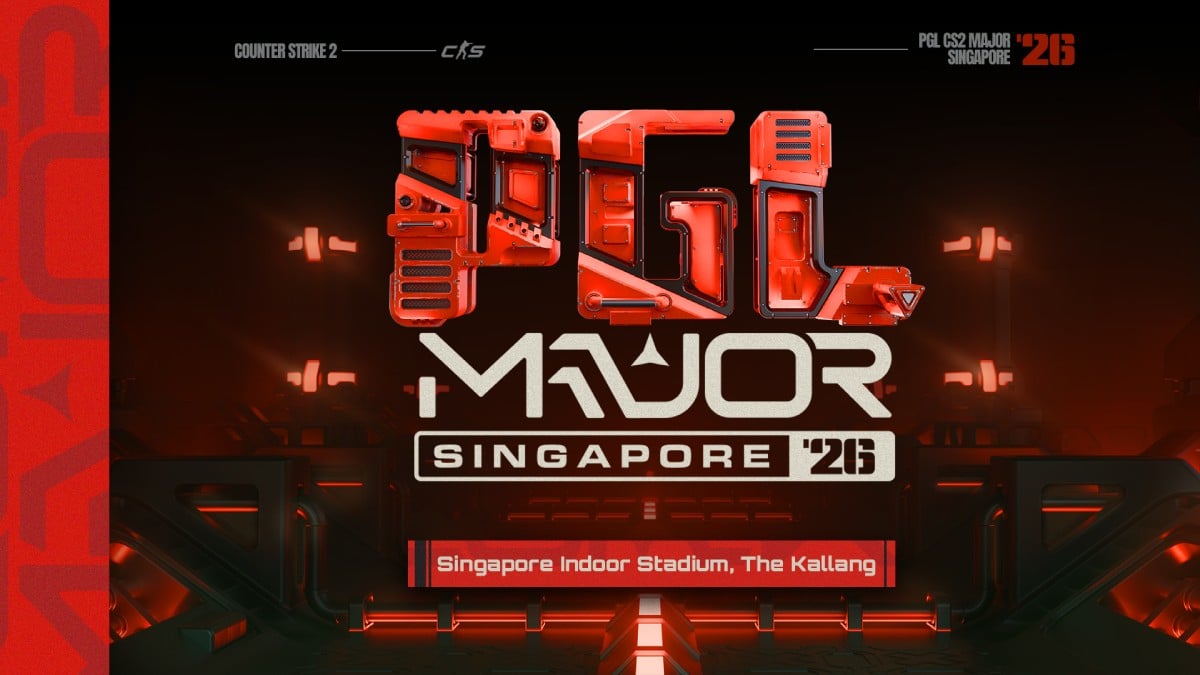


Published: Apr 20, 2016 01:29 am